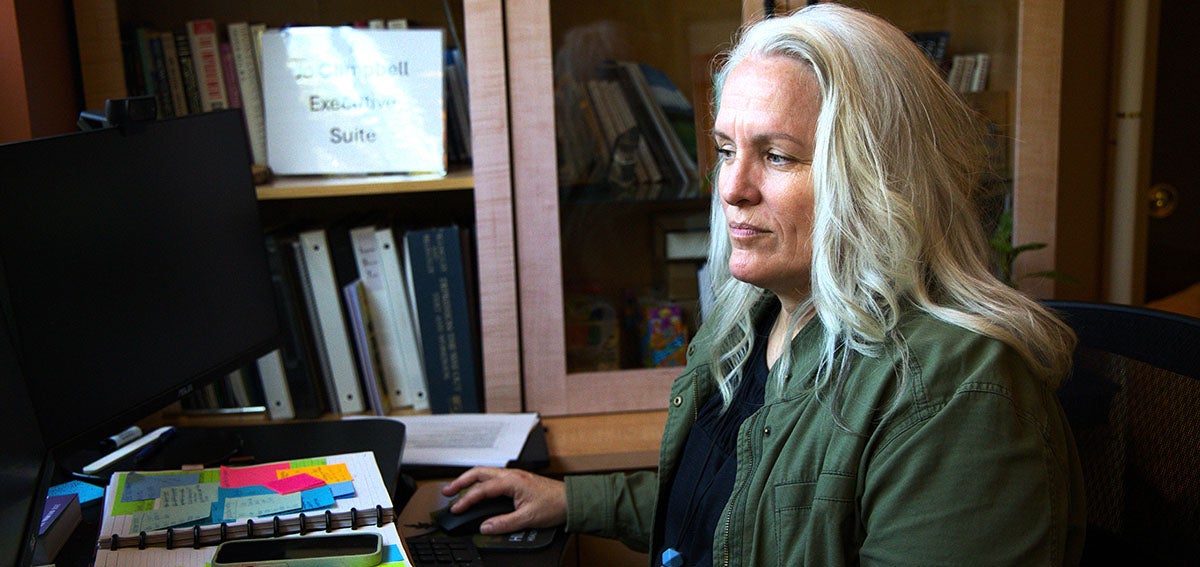
For the first time since the Affordable Care Act (ACA) was passed in 2010, the number of uninsured Americans has increased, according to a new US Census Bureau report (PDF) on income, poverty, and health insurance coverage. In 2018, 27.5 million people (8.5% of the population) lacked health insurance — up from 25.6 million (7.9%) in 2017. The American Community Survey, a separate Census Bureau tool that allows comparisons by state and was also released by the Census Bureau this week, found that the number of uninsured Americans has been growing since 2016.

Larry Levitt, executive vice president for health policy at KFF (Kaiser Family Foundation), warned that tougher times may be ahead. “The number of people uninsured is rising even in a pretty good economy,” he said in a post on Twitter. “What’s going to happen when a recession hits?” Experts agree the increase is surprising considering the strong economy. “In a period of continued economic and job growth, we shouldn’t be going backwards on health coverage,” Judy Solomon, a senior fellow at the Center on Budget and Policy Priorities (CBPP), said in a Kaiser Health News story reported by Phil Galewitz.
Policy Changes May Contribute to Decline in Medicaid Enrollment
The change in the number of uninsured Americans from 2017 to 2018 “was driven primarily by a decrease in public insurance for the poor, with enrollment in Medicaid dropping by 0.7%,” according to Amy Goldstein and Heather Long in the Washington Post.
Starting in early 2018, the Trump administration nudged states to implement Medicaid work requirements, asserting that the policy would incentivize unemployed people to find work. But early results from Arkansas, the first to implement a Medicaid work requirement, suggest the policy has not worked there. A study published in the New England Journal of Medicine found that the uninsured rate increased for Arkansans affected by the new work requirement, but there was no change in the employment rate for this population. Before a federal judge blocked the state’s policy in March, nearly 17,000 Arkansans lost Medicaid coverage.
A reversal of progress on health coverage in 2018 would likely reflect, at least in part, the growing impact of ongoing Trump administration efforts to weaken health coverage under the ACA.
—Center on Budget and Policy Priorities
“People are losing Medicaid coverage, often as a result of confusion rather than failure to meet the work requirements, but they aren’t finding jobs and getting insurance that way,” Vox’s Dylan Scott explained. “They are simply becoming uninsured.”
Experts identify a range of other factors that may have had an impact on the uninsured rate. Researchers from CBPP note that “a reversal of progress on health coverage in 2018 would likely reflect, at least in part, the growing impact of ongoing Trump administration efforts to weaken health coverage under the ACA.”

The White House has made numerous policy changes to sap the health law’s effectiveness. It repealed the ACA’s individual mandate penalty, cut funding for outreach and enrollment assistance for federally funded ACA marketplaces, and eliminated cost-sharing reduction payments.
In August, it finalized an immigration rule that expands the definition of “public charge” to include a wider range of health and safety-net programs, including Medicaid. The rule, which takes effect in October, “will likely have a chilling effect on immigrant access to health care and coverage,” according to the Sacramento-based Insure the Uninsured Project. Research from the Urban Institute (PDF) determined that the rule has already caused some immigrants to avoid public programs.
California Bucks the National Trend
The American Community Survey found that the uninsured rate increased significantly in eight states and decreased significantly in just three states (PDF). In California, it held steady. “The share of Californians who lacked health coverage last year — 7.2% — was unchanged from 2017,” wrote Scott Graves, director of research at the California Budget & Policy Center.
California has been deliberate in its efforts to improve upon the ACA. It rejected the Medicaid work requirements. When the Trump administration cut funding for outreach and enrollment assistance, Covered California, the state’s health benefits exchange, increased its own outreach, enrollment, and marketing budget by 10%. Covered California also extended the open enrollment period to give consumers more time to shop for health plans.
“New state policies set to take effect in 2020 could lead to further reductions in California’s uninsured rate,” Graves wrote. In June, the California Legislature passed and Governor Gavin Newsom signed a state budget bill that included measures to boost coverage rates. The budget reinstated the ACA’s individual mandate penalty and raised Medi-Cal’s income eligibility level for seniors and persons with disabilities. It also made California the first state to open its Medicaid program to all residents with low incomes under age 26, regardless of immigration status.
Still, “we must remain vigilant as the health coverage for millions remains at risk,” Anthony Wright, executive director of Health Access California, warns in a blog post. “Californians continue to need state action to help them access and afford coverage. Everyone benefits when everyone is covered.”
Authors & Contributors






